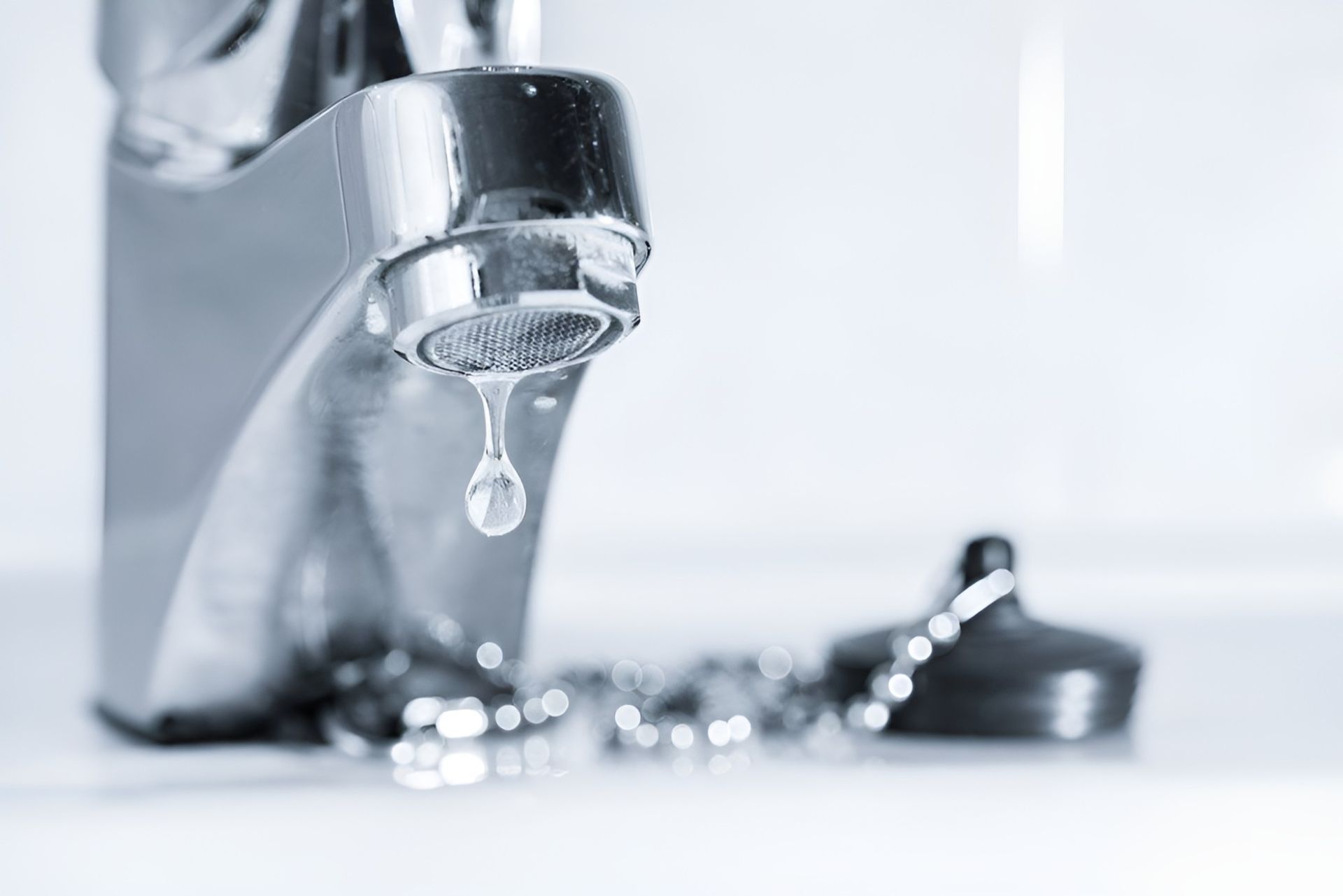How To Find A Water Leak
Although a burst pipe or dripping tap is fairly easy to spot, slow leaks may be less straightforward to detect. A slow leak can develop at any point in your plumbing system, including outside. Over time, even small amounts of water have the potential to significantly damage your property if they're leaking into plaster, timber or your floor coverings. Luckily, there's plenty you can do to detect a water leak promptly - take a look at how to do a water leak test, as well as learn the signs which indicate you could have a leak inside, or outside, your property.

How to Do a Water Leak Test
- Check that all taps are switched off, the washing machine isn't running, all baths, showers and sinks are fully drained and the toilet isn't being used. Essentially, all appliances that use water should be switched off.
- Locate your water meter (which is usually outside, at the front of your property).
- Take a meter reading and write the reading down.
- Wait 15-30 minutes.
- Take a second meter reading. If there is a difference between the two readings, you likely have a water leak.
How to Find a Leak
It makes sense to start by looking at the areas where leaks most commonly occur. Some of these include:
- Taps (both the tap itself and the connection which joins the tap to the water pipe).
- The hot water tank.
- The flush valve seal in the toilet cistern (the seal that ensures water remains in the cistern until the toilet is flushed).
- The shower hose, or one of the seals that connect it to the water supply.
- A breach in the pipe that supplies water to the home.
Underground Leaks Outside Your Home
An underground leak normally occurs in the pipe that carries water from the mains into your home. Over time, these pipes can become worn or damaged by tree roots and weathering. Initially, the leak may be quite small, but it will gradually increase in size until significant amounts of water are being lost.
Signs that you may have an underground leak include:
- Reduced water pressure in your home
- An area of green, verdant plant growth over the location of the leak.
- A wet spot on the ground.
- Potholes, or erosion of the surface covering the wet area (so cracked concrete, for example, or loose slabs).
Plumbing Leaks Inside Your Home
Plumbing leaks inside your home usually form when seals (or washers) erode over time. This can affect any item of sanitary ware, as well as sinks, baths and basins. Pipes are most likely to crack or fracture where they bend, or where they're incorrectly installed and are subject to vibration or movement when in use.
Signs of an indoor leak include:
- A damp patch on the wall.
- The smell of damp.
- Peeling paint.
- Stubborn mould.
Bathroom Water Leak/Water Leak Inside Your Home
Bathrooms are a common location for leaks. Detection can be difficult, as homeowners often mistake a leak for condensation following a shower or bath.
Typical signs of a bathroom leak include:
- Sounds of dripping.
- A puddle of water.
- Water leaking through the floor to discolour the ceiling below (if the leak is in a first-floor bathroom).
If you're finding it difficult to pinpoint the location of a leak, the experienced team at Dowd's Pipe & Cable Locating have access to high-grade detection equipment that can swiftly detect exactly where your leak is. Non-invasive, rapid and accurate, leak detection from Dowd's Pipe & Cable Locating is suitable for any property or leak location. Call the team on 0434 635 134 to find out more.
